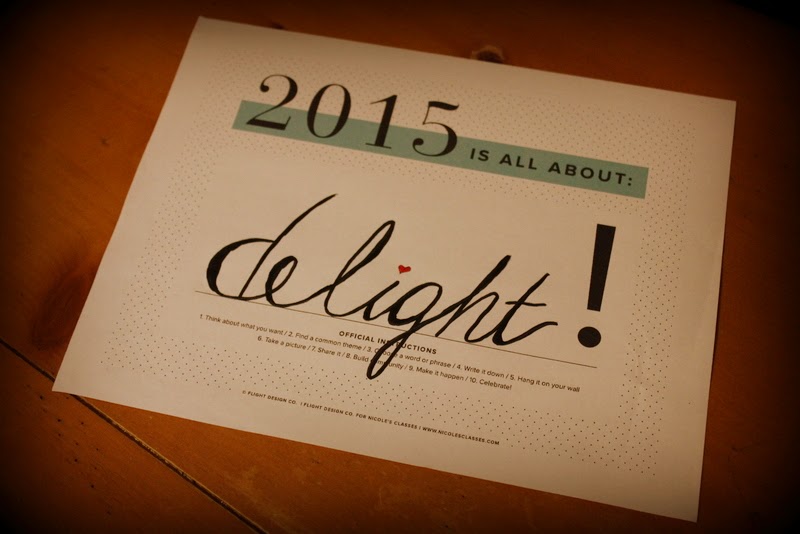 |
| Photo by Adi Goldstein on Unsplash |
 |
| Photo by Tj Holowaychuk on Unsplash |
Have you had any epiphanies lately?
 |
| Photo courtesy windyschneider |
 |
| I love how relaxed these two are |
 |
| Jesse Peters |
 |
| Ernie following Pat and Slider |
 |
| Linda and Hot Jazz |
Have you found any unlikely sources of inspiration or life lessons lately?
 |
| Before/during |
 |
| After and ready for planting |
 |
| New hard drive |
 |
| Photo courtesy Melissa Anthony |
 |
| Pat Parelli and friends |
 |
| Para-Olympian Lauren Barwick |
 |
| Lauren is paralyzed from the waist down |
 |
| Playing the Sideways Game at liberty (with no lead rope) |
 |
| Linda Parelli with Hot Jazz |
Saturday night, my husband and I re-watched a favorite movie, and we must have been in a philosophical mood, because we began to draw life lessons from it and share them with each other. What was the movie? That great spiritual classic: Kung Fu Panda.
Yes, I know it’s a kids’ cartoon, but I’ve been known to take life lessons from tea bags, so bear with me.
For those of you not familiar with this movie, the story is set in a fictional valley in ancient China “peopled” with anthropomorphic animals. A new Dragon Warrior is about to be chosen, ostensibly from among the Furious Five, a group of kung fu masters trained by Master Shifu. Surprisingly, Shifu’s mentor, Master Oogway (a tortoise), chooses Po, a giant panda who has crashed the party (literally) after strapping himself to a set of fireworks. The Dragon Warrior must protect the valley from the villainous Tai Lung, Shifu’s former pupil who was denied the position of Dragon Warrior long ago and has just escaped from prison seeking revenge.
The humor and the terrific animation help the lessons sneak into your consciousness. Some of our favorites:
- If you love something, you’ll put up with a lot of grief/pain/frustration in order to do it. Po wants to learn kung fu so badly that his response to a good tail-whipping during training is, “That was awesome! Let’s go again!”
- When you discover what motivates you, the battle is almost won. Po’s motivation is food. One of the best scenes in the movie involves a bowl of dumplings and the comment, “You are free to eat.”
- Yesterday is history. Tomorrow is a mystery. But today is a gift. That is why it is called the present. Yes, I’ve heard it before. But somehow, hearing a wizened old tortoise say the words…
- There is no secret ingredient. Po’s father is a noodle seller, famous for his “secret ingredient soup.” Turns out, there is no secret ingredient. To make something special, he says, all you have to do is believe it is special.



















